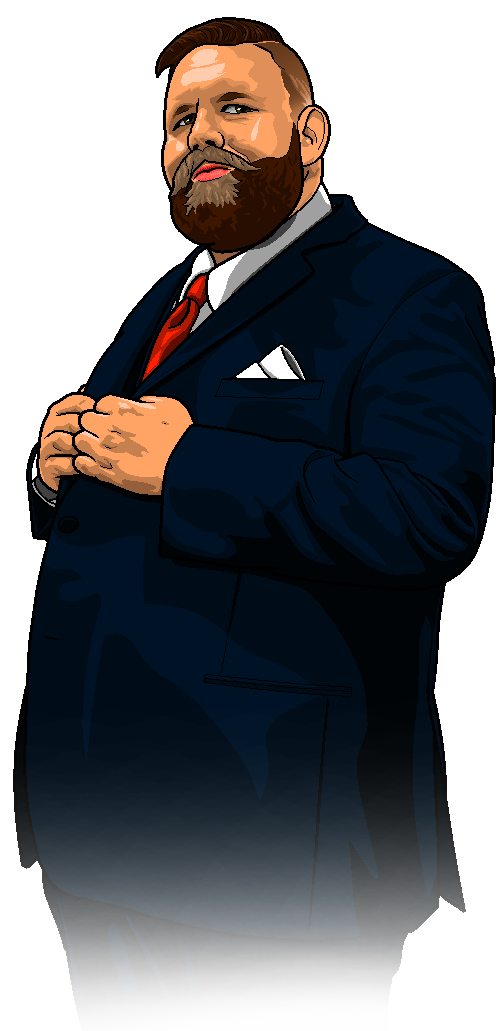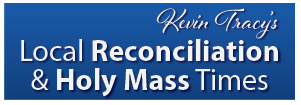President Reagan's Tax Reform
I wrote a my final paper for my Congress and Presidency class on the Reagan tax cuts, and thought it would make a nice post. Here it is, the instructor gave me an A, I'd like to hear your grade.
"The line has been used "We've never had it so good." But I have an uncomfortable feeling that this prosperity isn't something on which we can base our hopes for the future. No nation in history has ever survived a tax burden that reached a third of its national income. Today, 37 cents of every dollar earned in this country is the tax collector's share, and yet our government continues to spend $17 million a day more than the government takes in. We haven't balanced our budget 28 out of the last 34 years. We have raised our debt limit three times in the last twelve months, and now our national debt is one and a half times bigger than all the combined debts of all the nations in the world. We have $15 billion in gold in our treasury--we don't own an ounce. Foreign dollar claims are $27.3 billion, and we have just had announced that the dollar of 1939 will now purchase 45 cents in its total value." (Ronald Reagan, "A Time for Choosing Speech")
The excerpt from the speech above is part of the reason that Ronald Reagan became such a person of interest for those in the Republican party, and was part of the reason that Reagan became Governor of California at all. Ronald Reagan gave the "A Time for Choosing Speech" during Barry Goldwater's Presidential nomination in 1964, and it helped to launch "Ronnie" into the lime light even more than his film career had done.
After giving that speech, Reagan (a former liberal Democrat) ran and won two terms as Governor of California from 1967 to 1975, based primarily on his national momentum gained from the 1964 election. Reagan ran for President several times, each year coming in just short of winning: whether it was Nixon or Rockefeller or Ford, it seemed that Reagan would continue to run but never get anywhere. Some pundits of the day depicted Reagan as "running in place".
Ronald Reagan ran his campaign in 1980 under a very simple, pragmatic banner. He wanted tax cuts, he wanted to bring back the ailing economy, and he wanted Americans to feel safe again. The 1980 campaign was to be the campaign that broke Reagan out of his "running in place" and allowed for him to win not only the Republican primary but also to best Democratic incumbent Jimmy Carter and make Carter a one term President whose time in office will always be marred with economic disaster, gas shortages, and Iranian hostages.
1980 was a good year for Republicans across the board, but even though the Republican party won over the Senate and gained 34 seats in the House, Congress was still a Democratic majority. This caused potential problems for Reagan, since Democrats were less likely to adhere to Reagan's ideas regarding tax cuts and "supply side economics". "Supply side economics", also characterized as "Reaganomics" throughout Reagan's presidency and through today even, was a new idea that many leading economists of the day were lauding, and luckily for Reagan he had those economists on his side.
Reagan met with a group of the nations leading economists during his presidency for weekly lunches, where they explained to him the inner workings of the theory and gave Reagan a crash course in Economics. The group was composed of Arther Laffer (who actually coined the Laffer Curve, which demonstrates how lower taxes will actually generate more governmental revenue), Milton Friedman (who is a legendary economist of the day and is still lauded as one of, if not the, most influential 20th century economist) and Stephen Moore (who writes for the Wall Street Journal and is seen on a weekly, if not nightly, basis on several talk shows and political forums), among several others. ( The End of Prosperity: How Higher Taxes Will Doom the Economy--If We Let It Happen by Arthur B. Laffer, Stephen Moore, and Peter Tanous). This helped Reagan in his battle for substantive tax reform before he was getting the knowledge straight from the horses mouth, so to speak. While politicians will often claim that they know the field of economics or will repeat economic theory (often times while misrepresenting the economists views), Reagan was able to sit down with these men and, detail by detail, have a well laid foundation for a tax reform package that would be not only sell-able to the Democratic controlled House (which holds the country's purse strings) but would have the best chance of actually working.
Reagan approached Congress with his tax reform package shortly after a failed assassination attempt, and during his first State of the Union Address used the catastrophe as a starting block for his plan.
"The last decade has seen a series of recessions. There was a recession in 1970, in 1974, and again in the spring of 1980. Each time, unemployment increased and inflation soon turned up again. We coined the word "stagflation" to describe this. Government's response to these recessions was to pump up the money supply and increase spending. In the last six months of 1980, as an example, the money supply increased at the fastest rate in postwar history 13 percent. Inflation remained in double digits and Government spending increased at an annual rate of 17 percent. Interest rates reached a staggering 21 1/2 percent. There were eight million unemployed. Late in 1981, we sank into the present recession largely because continued high interest rates hurt the auto industry and construction. And there was a drop in productivity and the already high unemployment increased. This time, however, things are different. We have an economic program in place completely different from the artificial quick-fixes of the past. It calls for a reduction of the rate of increase in Government spending, and already that rate has been cut n early in half. But reduced spending alone isn't enough. We've just implemented the first and smallest phase of a three-year tax-rate reduction designed to stimulate the economy and create jobs. Already interest rates are down to 15 3/4 percent, but they must still go lower. Inflation is down from 12.4 percent to 8.9, and for the month of December it was running at an annualized rate of 5.2 percent. If we had not acted as we did, things would be far worse for all Americans than they are today. Inflation inflation, taxes and interest rates would all be higher. A year ago, Americans' faith in their governmental process was steadily declining. Six out of ten Americans were saying they were pessimistic about their future. A new kind of defeatism was heard. Some said our domestic problems were uncontrollable that we had to learn to live with the-seemingly endless cycle of high inflation and high unemployment. There were also pessimistic predictions about the relationship between our Administration and this Congress. It was said we could never work together. Well, those predictions were wrong. The record is clear, and I believe that history will remember this as an era of American renewal, remember this Administration as an Administration of change and remember this Congress as a Congress of destiny. Together, we not only cut the increase in Government spending nearly in half, we brought about the largest tax reductions and the most sweeping changes in our tax structure since the beginning of this century. And because we indexed future taxes to the rate of inflation, we took away Government's built-in profit on inflation and its hidden incentive to grow larger at the expense of American workers. Together, after 50 years of taking power away from the hands of the people in their states and local communities we have started returning power and resources to them." (Reagan's First State of the Union Address,January 26, 1982)
This was, of course, a shrewd and effective political tool to help push the tax cuts that would become his coup de grace. The only hurdle now? The Democratic House. If Reagan wasn't able to rally them behind his message, he would accomplish nothing. Already, people were become discontent with the President not following through on his campaign promise, and polls from that time period reflect that sentiment.
Tip O' Neil, the House Majority Leader, was actually willing to work with the administration to make the reforms. The debate on the floor was intense during that session, however because of "boll weevils" (Southern "Reagan Democrats" who consistently took conservative positions) a middle ground was made with the reforms.
The Office of Tax Analysis of the United States Department of the Treasury summarized the tax changes as follows:
- phased-in 23% cut in individual tax rates; top rate dropped from 70% to 50%
- accelerated depreciation deductions; replaced depreciation system with ACRS
- indexed individual income tax parameters (beginning in 1985)
- created 10% exclusion on income for two-earner married couples ($3,000 cap)
- phased-in increase in estate tax exemption from $175,625 to $600,000 in 1987
- reduced Windfall Profit taxes
- allowed all working taxpayers to establish IRAs
- expanded provisions for employee stock ownership plans (ESOPs)
- replaced $200 interest exclusion with 15% net interest exclusion ($900 cap) (begin in 1985) (Caputo)
The critics were quick to point out that with out decreased spending, the National Debt would still continue, and especially since we were, at the time, beefing up our military due to the arms race that resulted in the end of the Cold War, spending did in fact continue to go up. Critics also claim that because of the tax cuts, the amount of revenue the Government would have seen coming in did not rise at the rate that it could have. Supporters and economic think tanks across the country, however, to this day, credit the Reagan tax cuts as the reason that the economy was able to recover in the first place. (Young)
What, exactly, did the Reagan tax cuts do, ultimately? They helped to make the general population less burdened by their debts to the government, and they helped to boost the American moral that the government wasn't the "bad boogeyman" coming after their hard earned dollars. The Reagan tax cuts also show what can be done when those in Government take a moment away from politics, reach across the aisle, and work together for the good of the American people.








